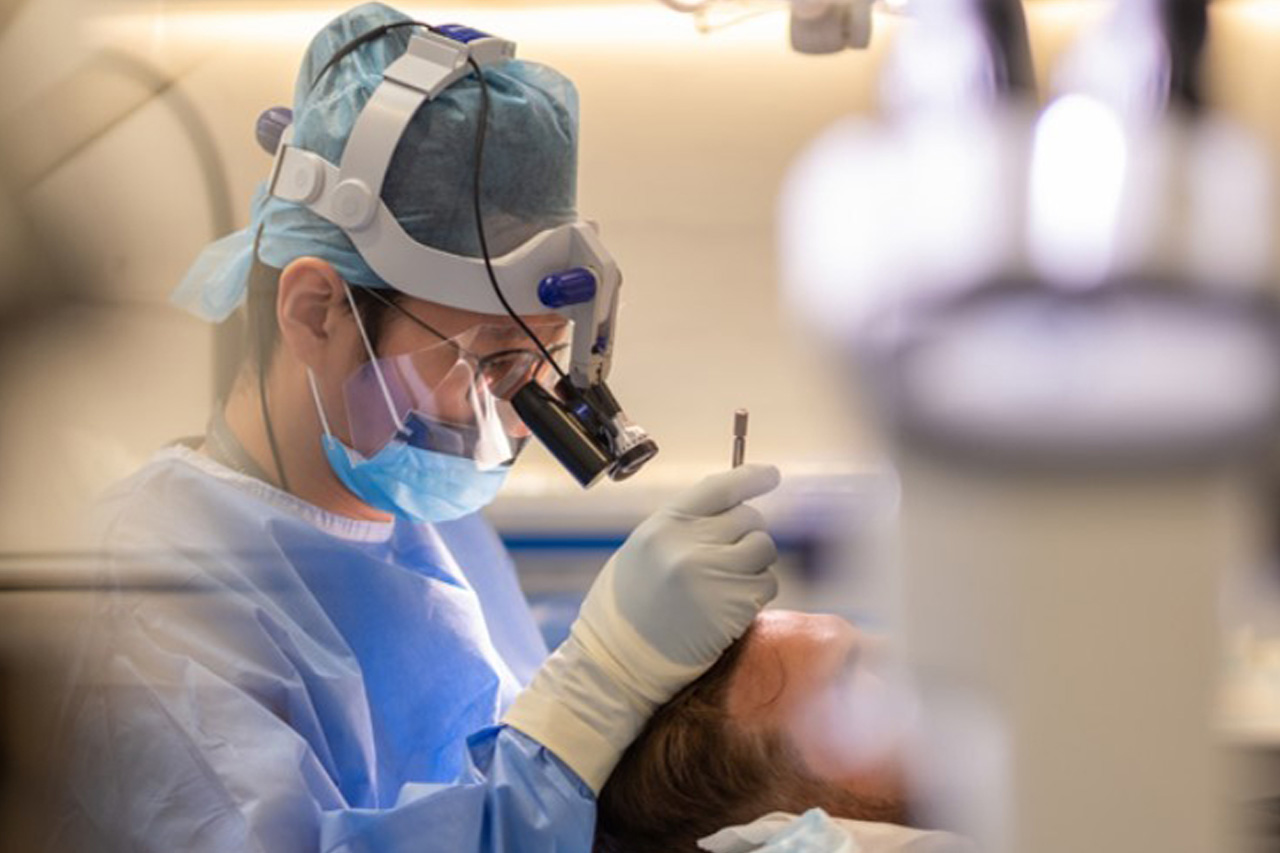Hair loss can be a distressing experience for many individuals, and it can result from a variety of factors, including genetics, hormonal changes, and medical conditions. Alopecia, a common condition that leads to hair loss, can be particularly challenging to cope with. Many people wonder if they can have a hair transplant with alopecia, and in this blog post, we will explore this topic comprehensively.
We will discuss what alopecia is, the different types of alopecia, the feasibility of hair transplants for individuals with alopecia, potential alternatives, and important considerations for those considering this procedure. By the end of this article, you’ll have a better understanding of whether a hair transplant is a suitable option for you or someone you know dealing with alopecia.
What is alopecia?
Alopecia is a medical term that encompasses various types of hair loss conditions. It affects people of all ages, genders, and backgrounds. To decide whether a hair transplant is a viable solution for alopecia, it is essential to understand the different types of alopecia.
Androgenetic alopecia
This is the most common type of hair loss and is often genetically determined. It affects both men and women, albeit differently. In men, it typically results in a receding hairline and balding crown, while women may experience overall thinning. It is also known as female or male pattern baldness.
Alopecia areata
Alopecia areata is an autoimmune disorder that leads to sudden hair loss in small, round patches. It can affect both the scalp and body hair and is known for its unpredictable nature.
Alopecia totalis and universalis
These are severe forms of alopecia areata where all scalp hair (totalis) or all body hair (universalis) is lost. In these cases, hair loss is widespread and can be challenging to treat.
Scarring alopecia
Scarring alopecia, as the name suggests, leads to permanent hair loss due to scarring of the hair follicles. Various conditions can cause scarring alopecia, making it difficult to treat.
Traction alopecia
Traction alopecia is typically a result of excessive pulling or tension on the hair, often due to tight hairstyles. It can lead to hair thinning and loss, especially along the hairline.
Hair transplants and alopecia
A hair transplant is a surgical procedure that involves moving hair follicles from one part of the body (typically the back of the scalp) to areas with thinning or no hair. The most common technique is called Follicular Unit Transplantation (FUT) or Follicular Unit Extraction (FUE). The transplanted hair usually grows naturally and can provide a permanent solution to hair loss. However, the feasibility of hair transplants for individuals with alopecia depends on the type of alopecia and the individual’s specific circumstances.
Let’s explore the different types of alopecia and whether hair transplants can be considered as a potential solution:
Androgenetic alopecia hair transplant
For individuals with androgenetic alopecia, hair transplants are typically a viable option. Since this type of hair loss is not associated with scarring or autoimmune issues, the transplanted hair is likely to grow successfully. Men and women experiencing male or female pattern baldness often find hair transplants to be an effective and permanent solution.
Alopecia areata hair transplant
Hair transplants can be a more challenging option for individuals with alopecia areata, particularly if the condition is still active. The autoimmune nature of alopecia areata means that transplanted hair may also be susceptible to the same immune response, potentially leading to more hair loss. In most cases it is wise to seek the expertise of a dermatologist before considering a hait transplant for this type of alopecia.
Alopecia totalis and universalis hair transplant
While hair transplants can be attempted in cases of alopecia totalis and universalis, the success rate may vary. The lack of any remaining hair in the donor area (usually the back of the scalp) can limit the amount of hair that can be transplanted. Moreover, the potential for the autoimmune response to affect transplanted hair still exists. A dermatologist will be able to check eligibility before reaching out to a hair transplant specialist.
Scarring alopecia hair transplant
Scarring alopecia presents a significant challenge for hair transplant procedures and visiting a dermatologist is the best course of action before considering a hair transplant. Since the hair follicles are damaged and scarred, the success rate of hair transplantation is lower. However, some advanced techniques, such as hair transplantation combined with tissue expansion or the use of specialised grafts, can be explored on a case-by-case basis.
Traction alopecia hair transplant
For individuals with traction alopecia, the success of a hair transplant depends on the severity of the condition and the availability of healthy donor hair. A dermatologist will be able to review your suitability for hair transplant.
If the hair loss is due to ongoing tension on the hair shafts, addressing the underlying cause (e.g., changing hairstyles) is essential before considering a hair transplant.
What to consider when choosing a hair transplant for alopecia
Before deciding on a hair transplant, individuals with alopecia should consider several key factors.
Stabilisation of the condition
In cases of alopecia areata or other active autoimmune disorders, it’s important to stabilise the condition before considering a transplant. This may involve medical treatments or interventions to reduce ongoing hair loss.
Realistic expectations
It’s crucial to have realistic expectations regarding the outcome of a hair transplant. While it can provide a significant improvement in appearance, it may not completely restore a full head of hair, especially in cases of severe hair loss.
Financial considerations
Hair transplants can be costly, and it’s essential to weigh the financial aspect against the potential benefits. Prices can vary significantly, and it is important to budget accordingly.
Emotional and psychological impact
Hair loss can have a profound impact on an individual’s self-esteem and mental well-being. It is essential to consider the emotional aspects and how different treatment options may affect one’s self-image and quality of life.
Post-transplant care
After a hair transplant, it is crucial to follow the post-operative care instructions provided by the surgeon. This includes avoiding activities that may damage the transplanted hair and taking prescribed medications to ensure successful growth.
Consult with a specialist
The first step is to consult with a hair transplant specialist who can assess the type and extent of hair loss and provide personalised recommendations. Dr Mark Tam offers a free assessment for all potential clients, including those with alopecia. He will be able to determine if a hair transplant is the right solution for the specific alopecia condition.
Should you consider a hair transplant for alopecia?
Alopecia can have a profound impact on an individual’s self-esteem and quality of life, making the search for effective treatments essential. While hair transplants can provide a permanent solution for some forms of alopecia, it is crucial to consult with a specialist to determine the suitability of the procedure based on the type and severity of hair loss. Additionally, considering alternative treatments and their potential benefits is equally important.
Ultimately, the decision to pursue a hair transplant for alopecia is a personal one, and it should be made after careful consideration of medical advice, financial considerations, and the emotional impact of hair loss. Whatever path you choose, it is essential to prioritise your well-being and self-confidence throughout the journey to address your alopecia.



